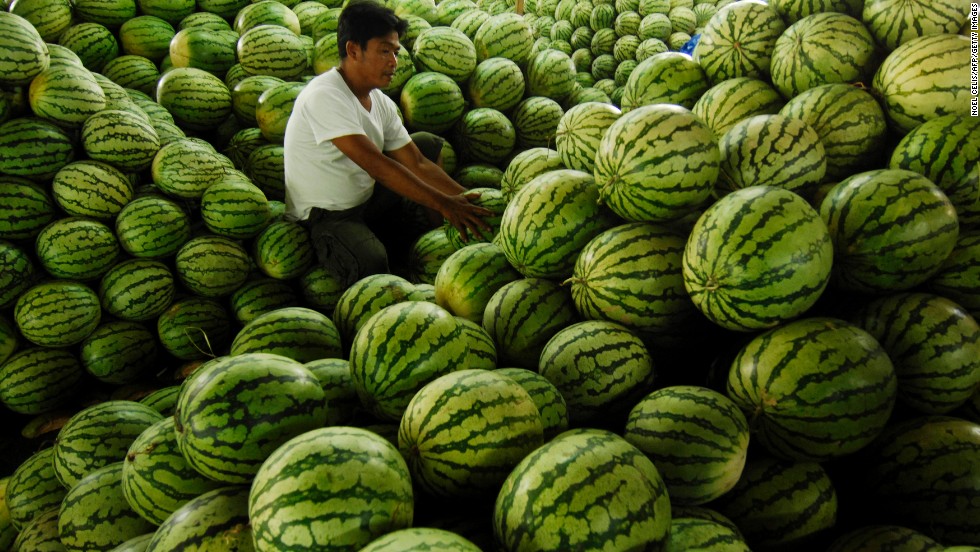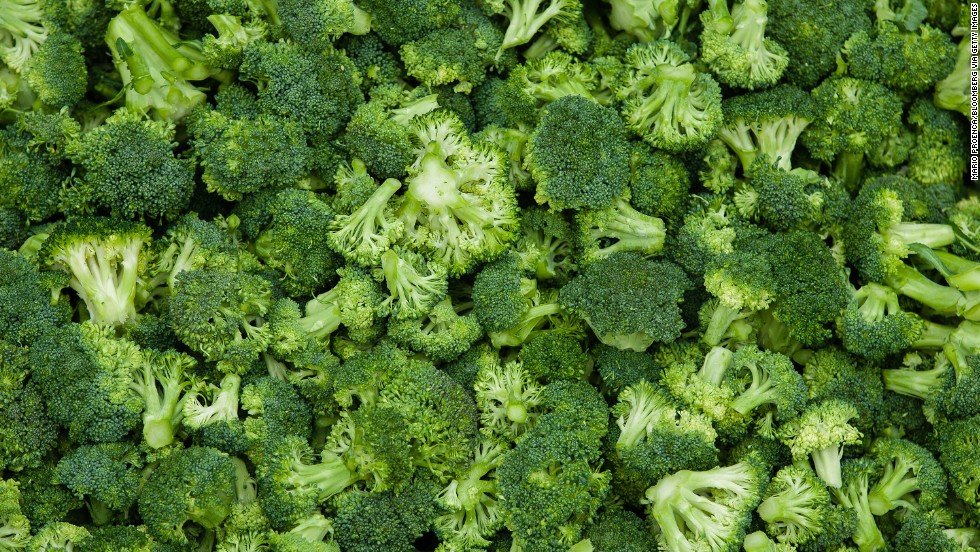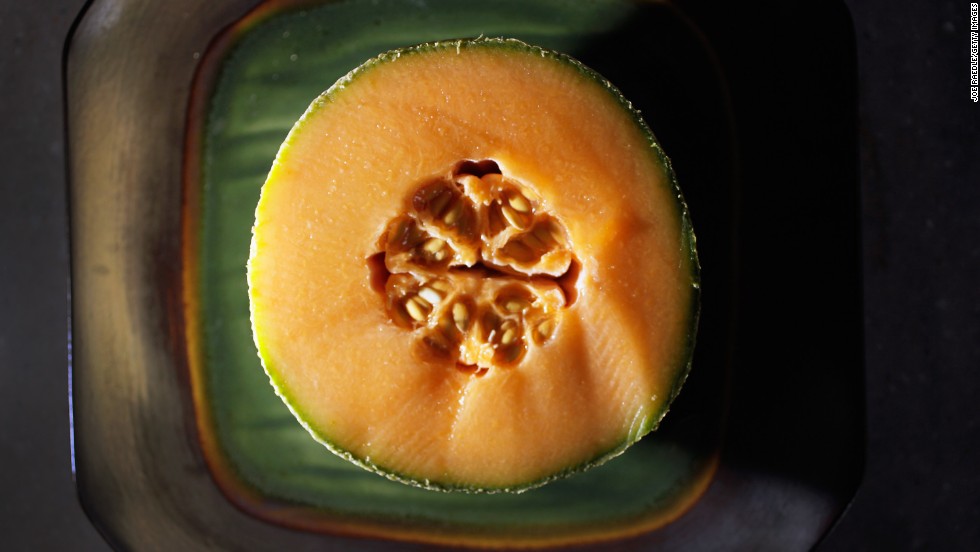Water-rich fruits and veggies for winter
Dry weather in winter can easily make you dehydrated. However, few people recognize the signs of dehydration in this season.
Watermelon – Watermelon

It's fairly obvious that watermelon is full of, well, water, but this juicy melon is also among the richest sources of lycopene, a cancer-fighting antioxidant found in red fruits and vegetables. In fact, watermelon contains more lycopene than raw tomatoes—about 12 milligrams per wedge, versus 3 milligrams per medium-sized tomato.
Spinach – Spinach
Water content: 91.4%
Iceberg lettuce may have a higher water content, but spinach is usually a better bet overall. Piling raw spinach leaves on your sandwich or salad provides nearly as much built-in hydration, with an added nutritional punch.
Spinach is rich in lutein, potassium, fiber, and brain-boosting folate, and just one cup of raw leaves contains 15% of your daily intake of vitamin E — an important antioxidant for fighting off the damaging molecules known as free radicals.
Star fruit – Star fruit
Water content: 91.4%
This tropical fruit, also known as carambola, comes in sweet and tart varieties and has a juicy texture similar to pineapple. Its eye-catching shape looks great in a fruit salad or as an edible garnish on the rim of a summer cocktail, and as an added bonus it's rich in antioxidants, especially epicatechin — a heart-healthy compound also found in red wine, dark chocolate, and green tea.
One note of caution: People with kidney problems should avoid star fruit because of its high levels of oxalic acid.
Strawberries – Strawberries

All berries are good foods for hydration, but juicy red strawberries are easily the best of the bunch. Raspberries and blueberries both hover around 85% water, while blackberries are only slightly better at 88.2%.
Strawberries can be blended in a smoothie or mixed with plain nonfat yogurt—another hydrating food. In addition, strawberries add natural sweetness to the yogurt, and the combo of carbohydrates, fiber, and protein make a great post-workout recovery snack.
Broccoli – Broccoli
Water content: 90.7%

Like its cousin cauliflower, raw broccoli adds a satisfying crunch to a salad. But its nutritional profile — lots of fiber, potassium, vitamin A, and vitamin C — is slightly more impressive. What's more, broccoli is the only cruciferous vegetable (a category that contains cabbage and kale, in addition to cauliflower) with a significant amount of sulforaphane, a potent compound that boosts the body's protective enzymes and flushes out cancer-causing chemicals.
Grapefruit – Grapefruit
Water content: 90.5%
This juicy, tangy citrus fruit can help lower cholesterol and shrink your waistline, research suggests. In one study, people who ate one grapefruit a day lowered their bad (LDL) cholesterol by 15.5% and their triglycerides by 27%. In another, eating half a grapefruit — roughly 40 calories — before each meal helped dieters lose about three and a half pounds over 12 weeks. Researchers say that compounds in the fruit help fuel fat burn and stabilize blood sugar, therefore helping to reduce cravings.
Baby carrots – Baby carrots
Water content: 90.4%
A carrot's a carrot, right? Not when it comes to water content. As it turns out, the baby-sized carrots that have become a staple in supermarkets and lunchboxes contain more water than full-size carrots (which are merely 88.3% water).
The ready-to-eat convenience factor is hard to top, as well. Snack on them right out of the bag, dip them in hummus or guacamole, or — for a bit of added crunch and bright orange color — chop them up and add them to salads or salsas.
Cantaloupe – Cantaloupe

This succulent melon provides a big nutritional payoff for very few calories. One six-ounce serving — about one-quarter of a melon — contains just 50 calories but delivers a full 100% of your recommended daily intake of vitamins A.
Cantaloupe is a favorite dessert of many people, especially those with a sweet tooth. In case you get bored with the plain old raw fruit, just blend cantaloupe with yogurt and freeze it into sherbet, or puree it with orange juice and mint to make a refreshing soup.
Cucumber – Cucumber
Water content: 96.7%
This summer veggie — which has the highest water content of any solid food — is perfect in salads, or sliced up and served with some hummus, says Keri Gans, author of "The Small Change Diet: 10 Steps to a Thinner and Healthier You" and a consultant to Mindbloom, a technology company that makes life-improvement apps.
Want to pump up cucumber's hydrating power even more? Try blending it with nonfat yogurt, mint, and ice cubes to make cucumber soup.
Celery – Celery
Water content: 95.4%
That urban legend about celery having negative calories isn't quite true, but it's pretty close. Like all foods that are high in water, celery has very few calories — just 6 calories per stalk. And its one-two punch of fiber and water helps to fill you up and curb your appetite.
This lightweight veggie isn't short on nutrition, however. Celery contains folate and vitamins A, C, and K. And thanks in part to its high water content, celery neutralizes stomach acid and is often recommended as a natural remedy for heartburn and acid reflux.
Tomatoes – Tomatoes
Water content: 94.5%
Sliced and diced tomatoes will always be a mainstay of salads, sauces, and sandwiches, but don't forget about sweet cherry and grape varieties, which make an excellent hydrating snack. Let's imagine how the combination goes: they're great to just pop in your mouth, maybe with some nuts or some low-sodium cheese. You get this great explosion of flavor when you bite into them.
Recommended
 Handbook
Handbook
Vietnam Moves Up 8 Places In World Happiness Index
 Handbook
Handbook
Travelling Vietnam Through French Artist's Children Book
 Multimedia
Multimedia
Vietnamese Turmeric Fish among Best Asian Dishes: TasteAtlas
 Handbook
Handbook
From Lost to Found: German Tourist Thanks Vietnamese Police for Returning His Bag
Popular article
 Handbook
Handbook
Prediction and Resolution for the Disasters of Humanity
 Handbook
Handbook
16 French Films To Be Shown For Free During Tet Holiday In Vietnam
 Handbook
Handbook
Unique Cultural and Religious Activities to Welcome Year of the Snake
 Handbook
Handbook



